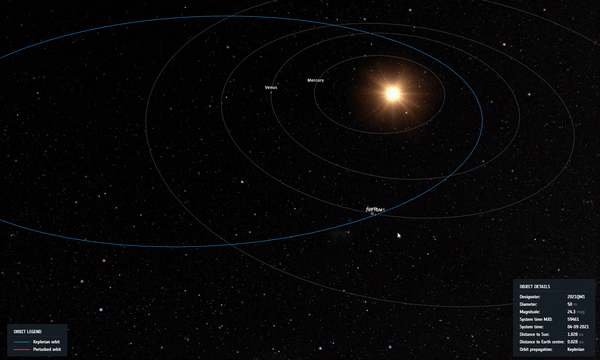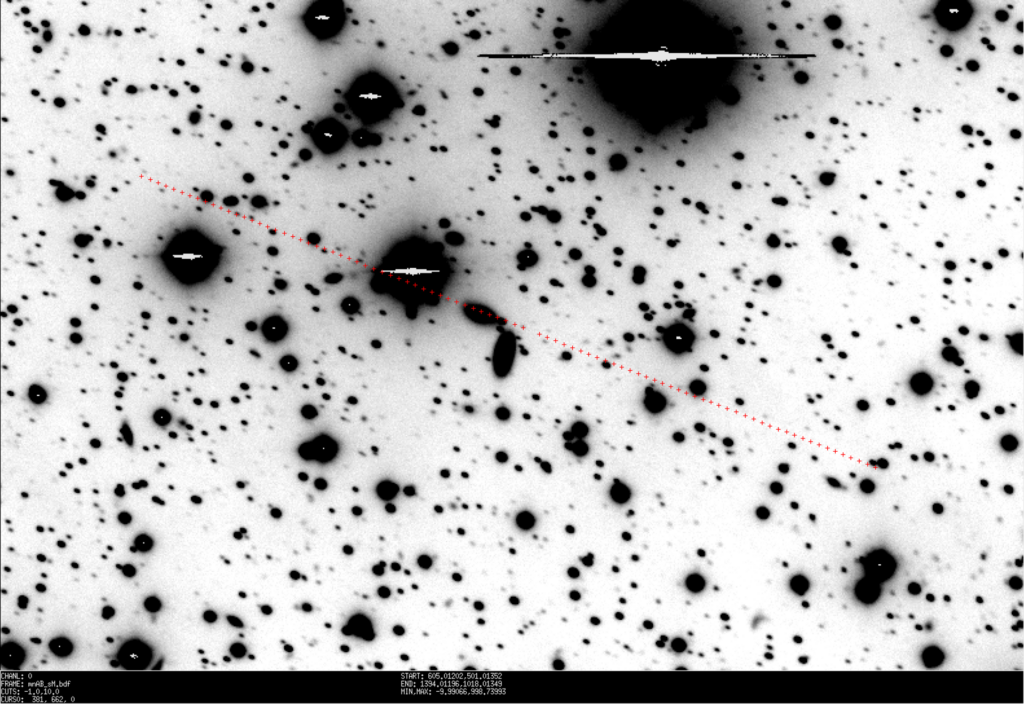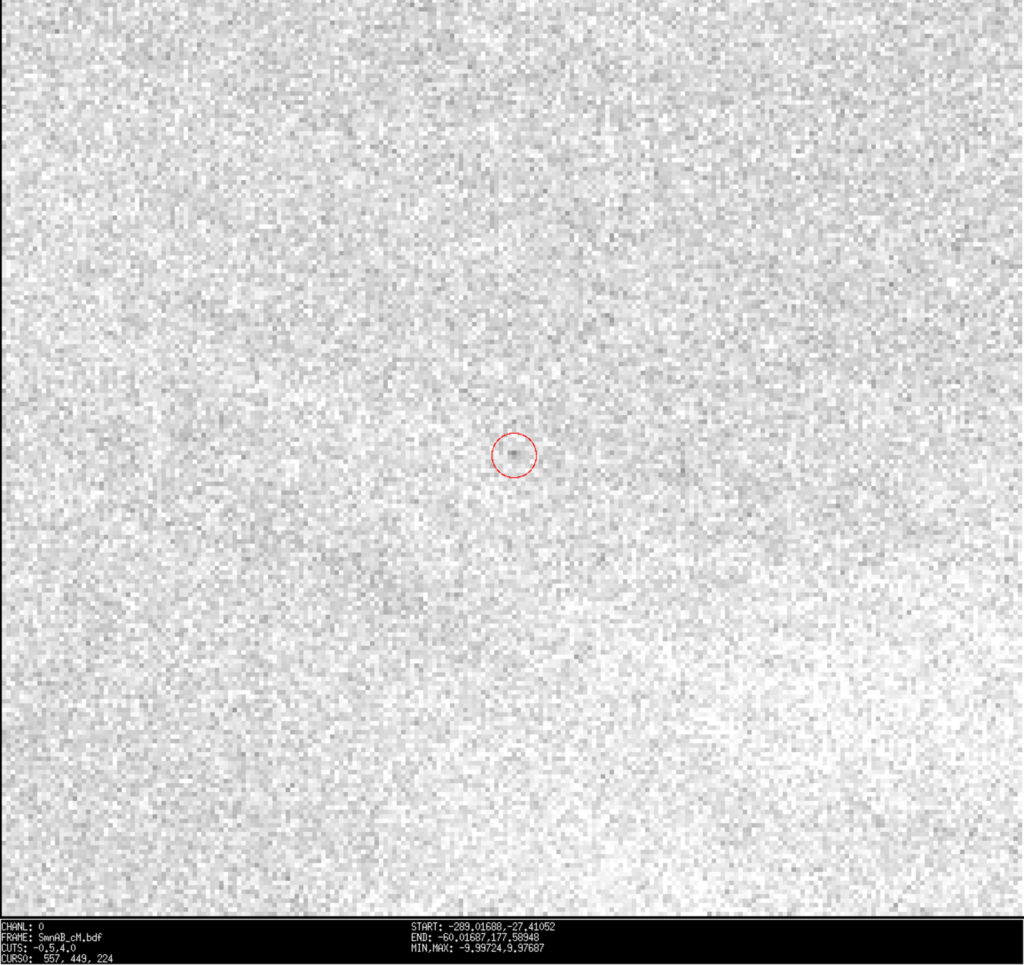The data collected by the ESO’s Very Large Telescope (VLT) made it possible to exclude the possibility of asteroid 2021 QM1 colliding with Earth in 2052 and remove it from the list of bodies dangerous to our planet. Previously, the probability of this event was estimated as 1 in 3322.
Dangerous guest from outer space
2021 QM1 was first identified in images taken by Mount Lemmon Observatory on August 28, 2021. This body belongs to the Apollo group. Its diameter is about 50 meters, it makes one revolution around the Sun in 691 days, while crossing the orbits of Venus, Earth and Mars.

Preliminary calculations of the orbit of 2021 QM1 showed that in 2038 it will again approach the Earth. This event could change the trajectory of the asteroid in such a way that on April 2, 2052, it would collide with the Earth. The probability of such an outcome was estimated as 1 in 3322, so 2021 QM1 was included in the list of bodies threatening our planet.

Since the risk assessment of 2021 QM1 was based on the results of only a few nights of observations, astronomers needed additional data to more accurately determine the degree of threat from the asteroid. However, this turned out to be a difficult task due to the fact that in its apparent movement along the celestial sphere, 2021 QM1 approached the Sun. Therefore, astronomers had to take a break for several months.
The most difficult asteroid observations in history
By the spring of 2022, 2021 QM1 had moved far enough away from the Sun for observations. However, by this time, the apparent magnitude of the asteroid was 27. It was 250 million times dimmer than the faintest stars visible to the naked eye. In addition, the asteroid was located in a section of the sky where the Milky Way band was located. The researchers needed to identify the corresponding 2021 QM1 dim dot against the background of thousands of much brighter stars. These were some of the most difficult asteroid observations in history.

Nevertheless, thanks to the use of ESO’s Very large Telescope, astronomers managed to accomplish the impossible and photograph 2021 QM1. The new data made it possible to recalculate the asteroid’s orbit and exclude the possibility of its falling to Earth in 2052.
You can also read about how the Sun created the bluest asteroid.
According to https://www.esa.int
Follow us on Twitter to get the most interesting space news in time
https://twitter.com/ust_magazine

